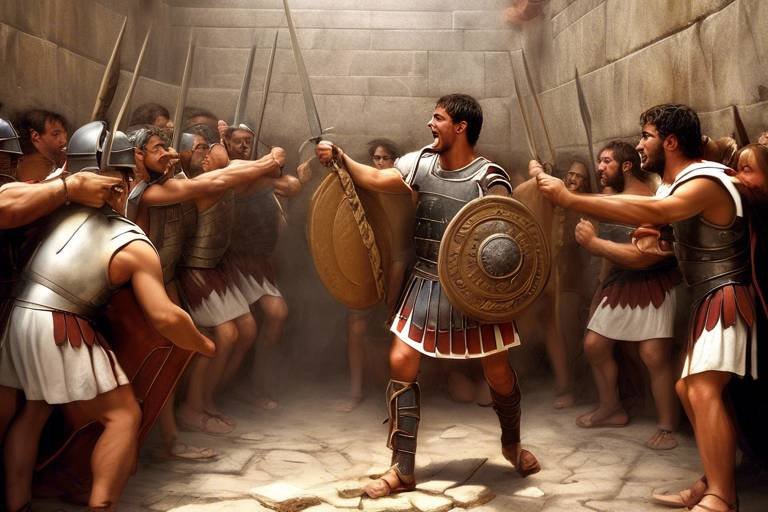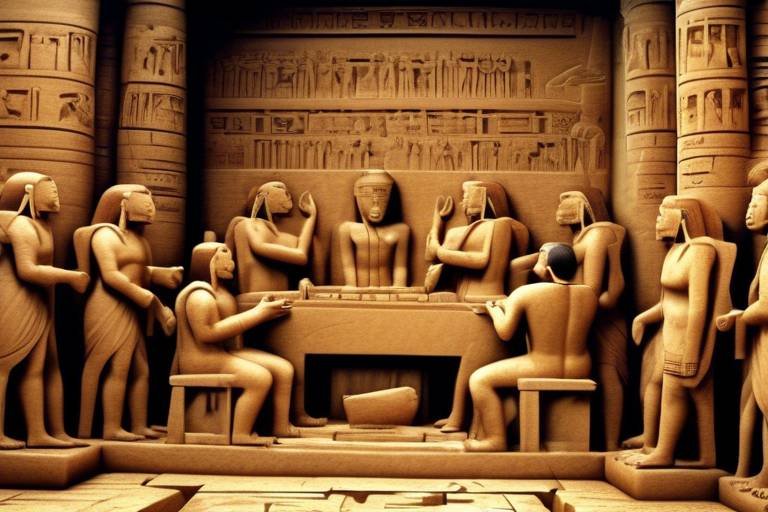The Discovery of the Ancient Roman Gladiator Schools
Imagine the thrill of uncovering the remnants of ancient Roman gladiator schools, the very places where legendary fighters once trained and lived. Recent archaeological excavations have brought to light the physical structures and artifacts that provide us with a window into the world of these fierce warriors.
Through meticulous digs and careful analysis, archaeologists have revealed the layout and design of these schools, offering valuable insights into the daily routines and operations within their walls. From training grounds to living quarters, each discovery paints a vivid picture of the life of a gladiator.
One of the most intriguing aspects of these findings is the glimpse they provide into the rigorous training regimens followed by gladiators. Combat drills, physical conditioning, and weapons training were all integral parts of their preparation for the brutal arena battles that awaited them.
Weapons and armor played a crucial role in the life of a gladiator, both in training and combat. The craftsmanship and strategic significance of these tools shed light on the skill and precision required in the arena, where every move could mean the difference between life and death.
Living conditions within the gladiator schools offer another fascinating insight into the daily lives of these fighters. From communal barracks to shared dining areas, these spaces reveal the camaraderie, hardships, and social dynamics that shaped the gladiatorial experience.
But gladiator schools were not just training grounds; they were also central to the cultural and social fabric of ancient Rome. As symbols of entertainment, power, and societal values, these schools played a complex role in shaping public perceptions of violence, heroism, and spectacle.
The public performances held in the arenas were grand spectacles that captivated audiences with their mix of drama, bloodshed, and skill. The cheers and jeers of the crowds, the elaborate rituals, and the sheer adrenaline of combat all combined to create an unforgettable experience for spectators.
Within the schools, different types of gladiators trained for specific roles in the arena, each with their own combat styles and specialties. From heavily armored fighters to agile retiarii armed with nets and tridents, the diversity of gladiator types added depth and variety to the games.
Today, the legacy of Roman gladiator schools lives on in our collective imagination, influencing everything from sports to entertainment to popular culture. Their impact on modern perceptions of combat, honor, and the resilience of the human spirit endures, reminding us of the timeless appeal of these ancient warriors.
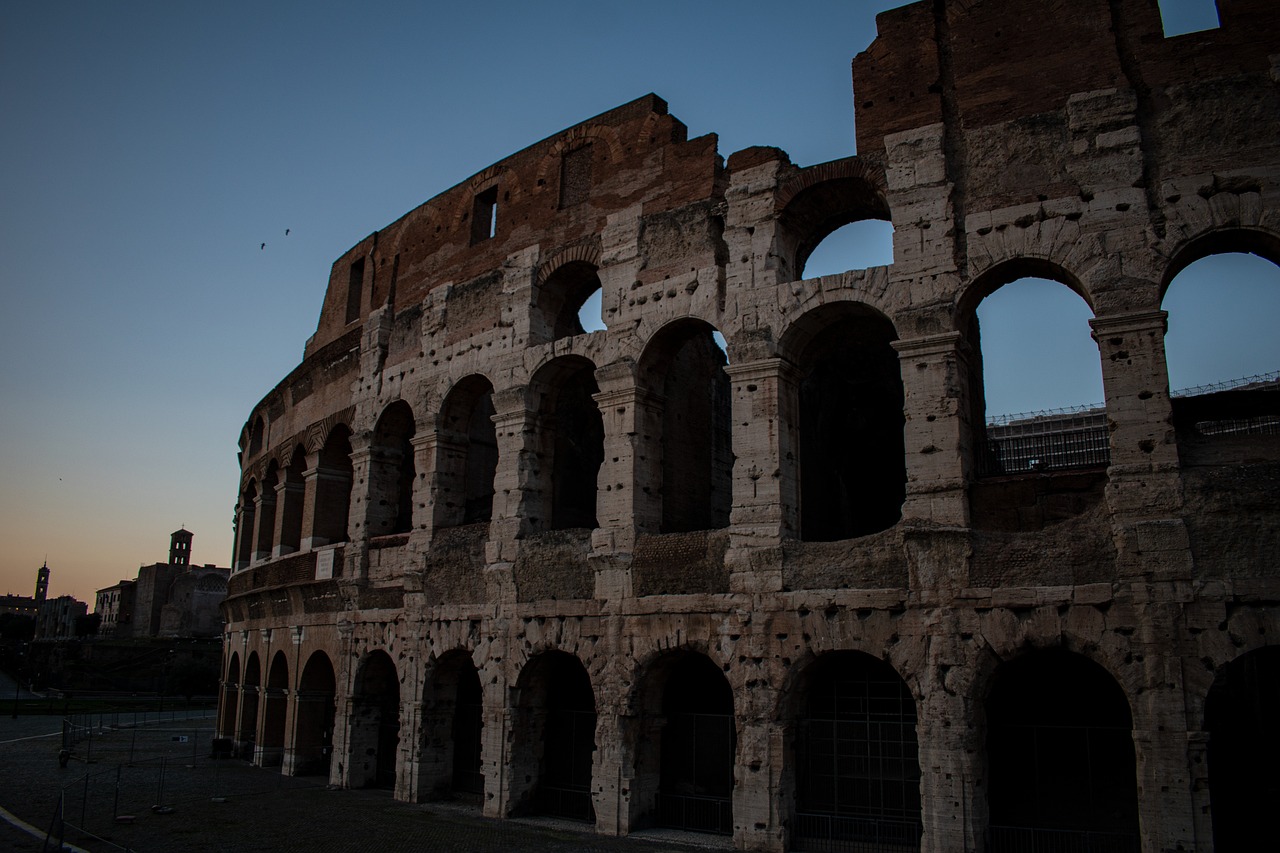
Archaeological Excavations
Exploring the recent archaeological findings that shed light on the existence and function of ancient Roman gladiator schools, providing insights into the training, lifestyle, and cultural significance of these legendary fighters.
Archaeological excavations have been instrumental in uncovering the physical remains of gladiator schools, offering a glimpse into the fascinating world of these ancient training grounds. Through meticulous digs and careful analysis, researchers have revealed structures, artifacts, and layouts that provide valuable clues about the daily operations and routines of these schools.
One of the key discoveries includes the layout of the training grounds, which featured various areas for different types of exercises and combat simulations. The remains of practice arenas, weapon storage rooms, and living quarters have all contributed to our understanding of how gladiators were trained and prepared for their battles in the arena.
Moreover, the artifacts unearthed during these excavations, such as training weapons, armor pieces, and personal items, offer a tangible connection to the lives of these ancient fighters. The craftsmanship and design of these items provide insights into the skills and resources involved in outfitting and training gladiators for combat.
By piecing together these archaeological findings, researchers have been able to reconstruct the daily routines and training regimens followed in Roman gladiator schools. From combat drills to physical conditioning exercises, these discoveries shed light on the rigorous preparation and discipline required of these legendary fighters.
Overall, archaeological excavations have played a crucial role in unraveling the mysteries surrounding ancient Roman gladiator schools, allowing us to peer into the past and gain a deeper appreciation for the training, lifestyle, and cultural significance of these iconic warriors.
1. What was the typical daily routine of a gladiator in a Roman school?
2. How were gladiators selected and trained for specific combat roles?
3. What role did gladiator schools play in Roman entertainment and society?
4. Were there any female gladiators trained in these schools?
5. How did the legacy of Roman gladiator schools influence modern sports and entertainment?
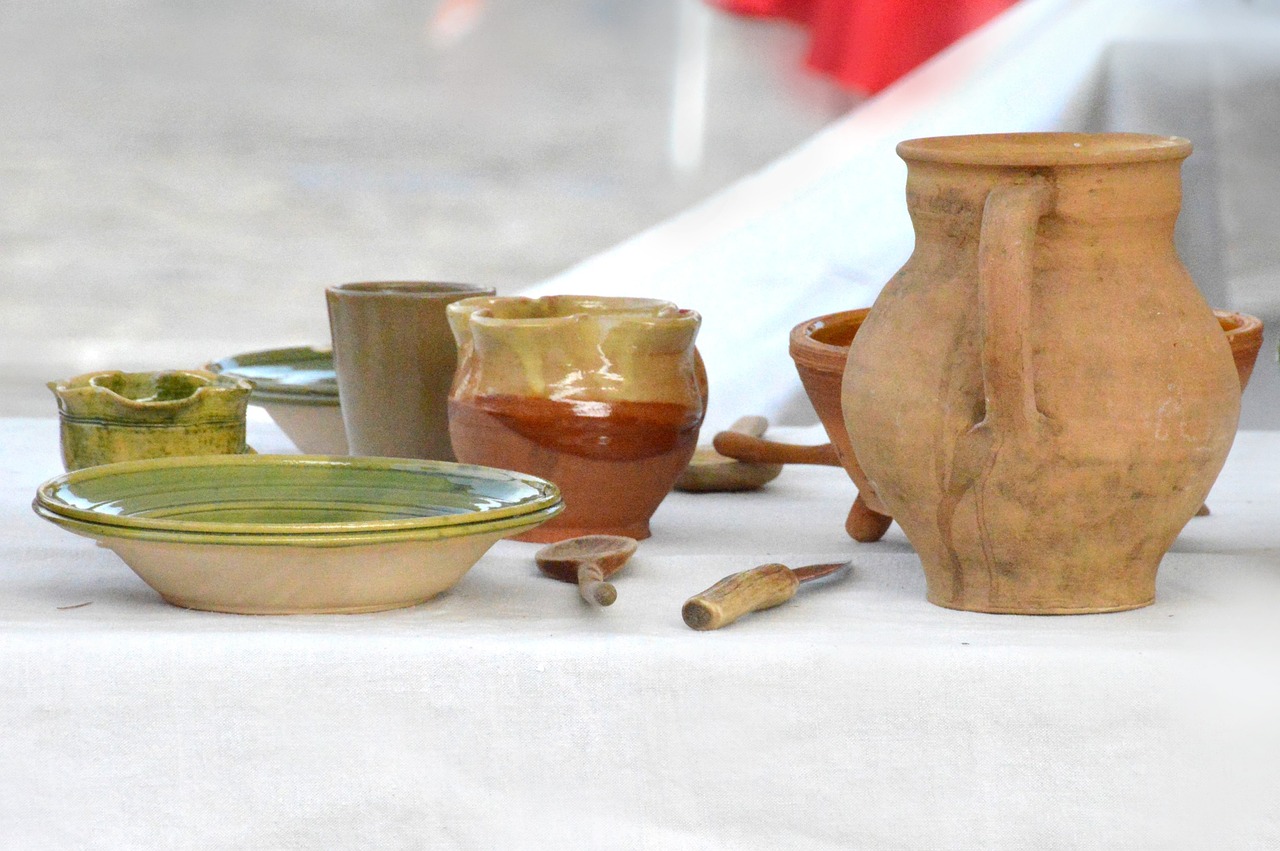
Training Regimens
Exploring the recent archaeological findings that shed light on the existence and function of ancient Roman gladiator schools, providing insights into the training, lifestyle, and cultural significance of these legendary fighters.
Uncovering the physical remains of gladiator schools through meticulous archaeological digs, revealing structures, artifacts, and layouts that offer clues about the daily operations and routines of these training grounds.
Delving into the rigorous training methods and exercises practiced in Roman gladiator schools, we uncover the intense preparation required for arena battles. Combat drills, physical conditioning, and weapons training were all integral parts of the training regimen.
Gladiators underwent extensive physical training to build strength, agility, and endurance, essential for surviving in the arena. The training sessions were grueling, pushing the fighters to their limits to ensure they were battle-ready.
Additionally, gladiators received instruction on various combat techniques, mastering the use of different weapons and fighting styles. These skills were honed through relentless practice and sparring sessions, preparing them for the deadly spectacle of the arena.
Detailing the types of weapons and armor used by gladiators during training and combat, highlighting the craftsmanship, materials, and strategic significance of these tools in the arena.
Exploring the living conditions and accommodations provided to gladiators within the school premises, uncovering insights into their daily lives, social interactions, and the challenges they faced as professional fighters.
Analyzing the cultural and social significance of gladiator schools in ancient Rome, discussing their role in entertainment, politics, and the broader societal perceptions of violence and heroism.
Delving into the spectacle of gladiatorial combat as a form of public entertainment in Roman society, examining the arenas, audiences, and rituals that surrounded these bloody and dramatic events.
Exploring the different categories and types of gladiators trained in Roman schools, from heavily armored fighters to nimble retiarii, and their specialized combat styles and roles in the arena.
Reflecting on the enduring legacy of Roman gladiator schools in popular culture, sports, and entertainment, tracing their impact on modern perceptions of combat, honor, and the human spirit.
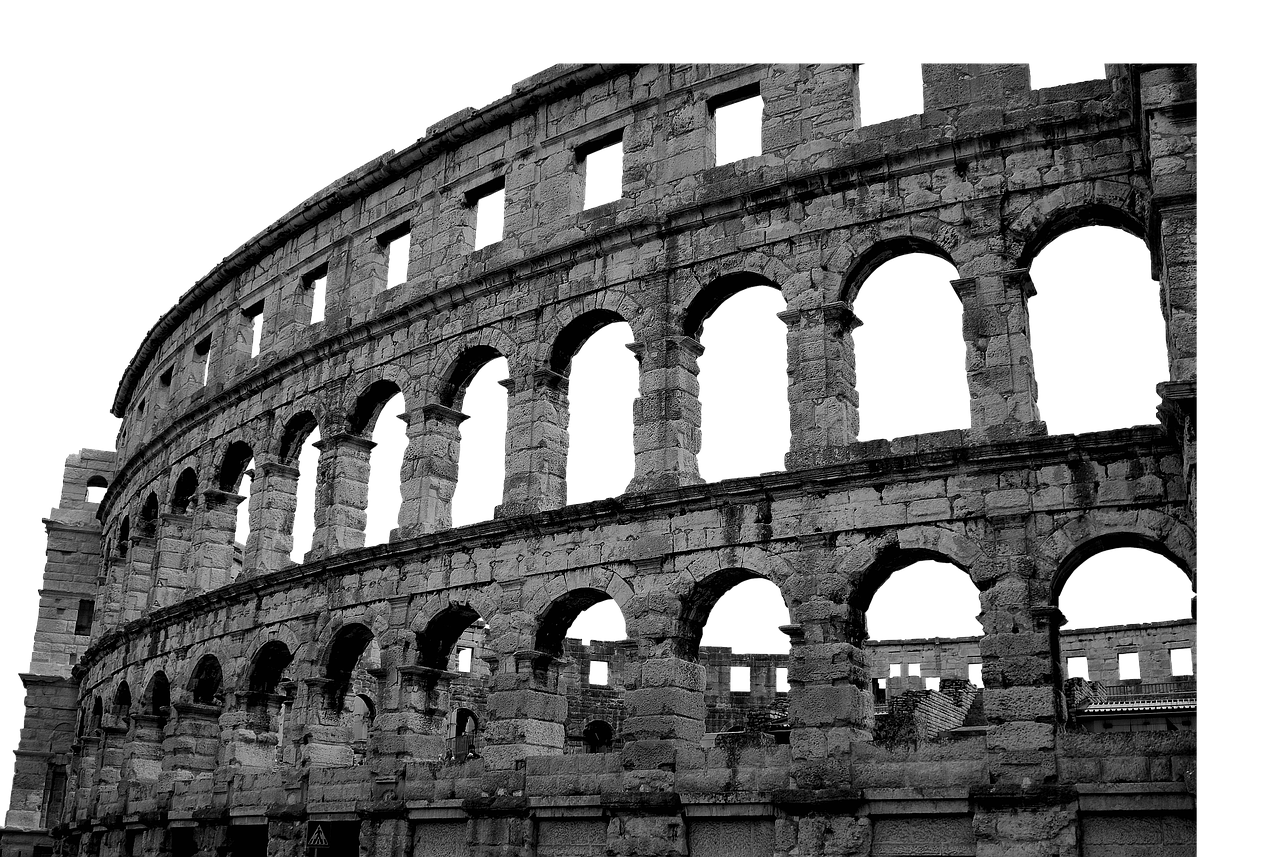
Weapons and Armor
When it comes to the world of ancient Roman gladiators, one cannot overlook the crucial role played by their weapons and armor. These tools were not just instruments of combat but symbols of power, skill, and survival in the ruthless arena. The craftsmanship and design of gladiatorial gear were as intricate as the strategies employed in battle, each piece serving a specific purpose to ensure the gladiator's performance and protection.
One of the most iconic weapons used by Roman gladiators was the gladius, a short sword known for its deadly efficiency in close combat. Paired with the scutum, a large rectangular shield, gladiators could both attack and defend with precision and agility. The helmets worn by gladiators varied in style and design, offering protection while also serving as distinctive identifiers of their fighting roles.
Armor played a vital role in the gladiator's survival, with different types tailored to specific combat styles. The lorica segmentata, a segmented chest plate, was favored by heavily armored gladiators for maximum protection, while lighter fighters relied on leather cuirasses for agility and speed. Leg greaves, arm guards, and helmets adorned with ornate crests completed the ensemble, creating a formidable and imposing presence in the arena.
Aside from conventional weapons, some gladiators wielded specialized tools such as the trident and net of the retiarii, or the thraex helmet with its distinctive griffin crest. These unique weapons not only showcased the diversity of combat styles but also added an element of spectacle to the gladiatorial contests, captivating audiences with their skill and daring maneuvers.
Furthermore, the choice of weapons and armor was not just a matter of practicality but also a reflection of the gladiator's persona and fighting prowess. The intricate details, engravings, and embellishments on their gear spoke volumes about their status, experience, and preferred combat techniques, turning each gladiator into a living embodiment of the ancient Roman ideals of honor, courage, and glory.
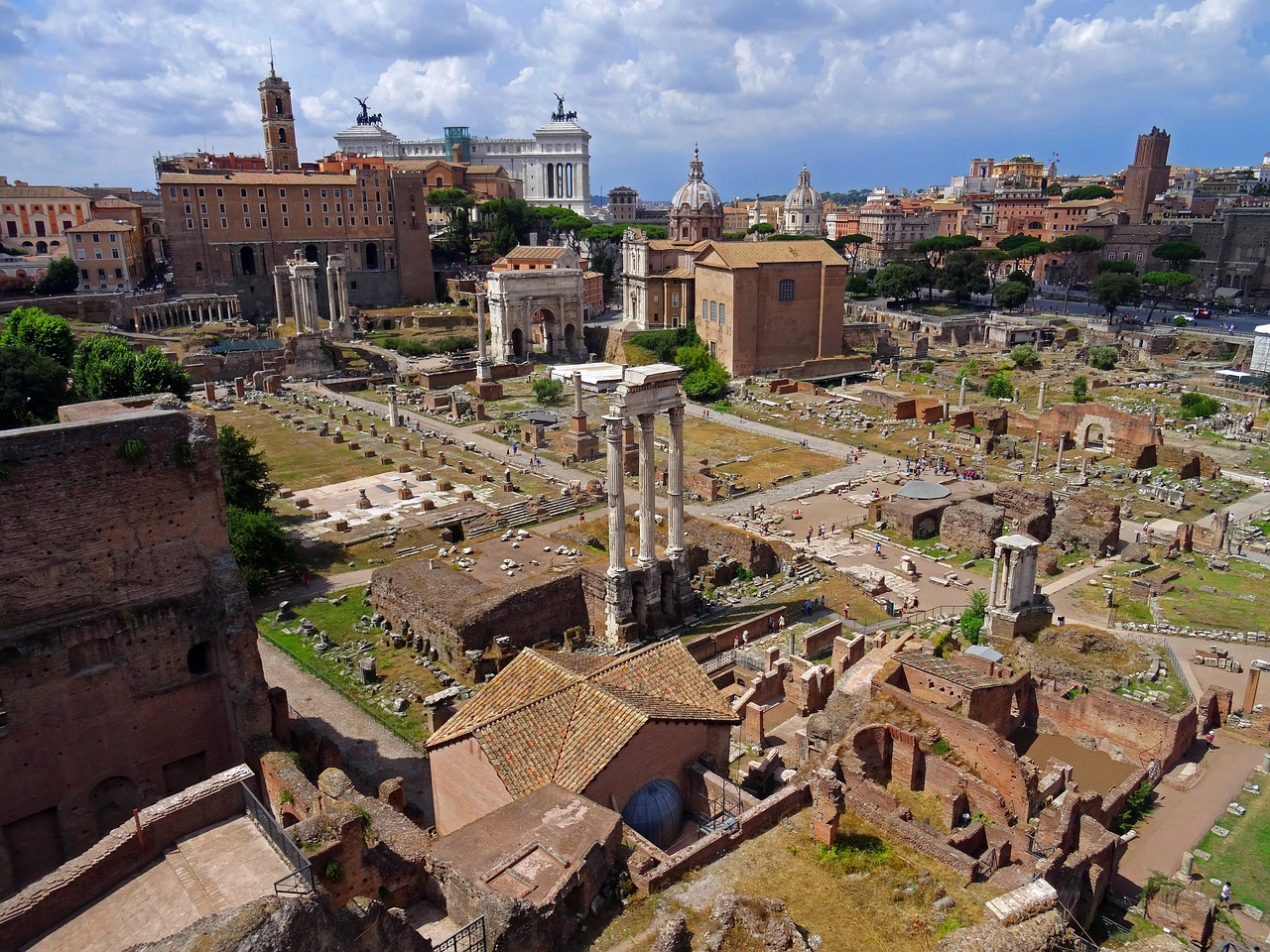
Living Quarters
Within the ancient Roman gladiator schools, the living quarters provided a stark contrast to the brutal training grounds. Gladiators, despite their fierce reputation in the arena, lived in modest accommodations that reflected their status as both warriors and prisoners of the ludus. These quarters, known as "barracks," were typically spartan in design, consisting of simple rooms with minimal furnishings.
The barracks were communal spaces shared by multiple gladiators, fostering a sense of camaraderie and solidarity among the fighters. Despite the competitive nature of their profession, gladiators formed close bonds within these shared living spaces, supporting each other both in training and in the arena. The barracks also served as a hub for social interactions, strategy discussions, and moments of respite amid the intense demands of their training regimen.
While the living quarters offered a sense of community, they also underscored the harsh realities of the gladiatorial life. Gladiators had little privacy or personal space, living in close proximity to their fellow fighters at all times. The barracks lacked the comforts of home, with basic amenities and sparse furnishings. Gladiators slept on simple cots or straw mattresses, their belongings stored in chests or lockers within the cramped confines of the barracks.
Despite the austere conditions, the living quarters played a crucial role in shaping the daily lives and routines of gladiators. These spaces were not just places to rest and recuperate but also arenas for camaraderie, rivalry, and the forging of bonds that transcended the boundaries of combat. The barracks were where gladiators shared meals, honed their skills, and prepared mentally and physically for the challenges that awaited them in the arena.
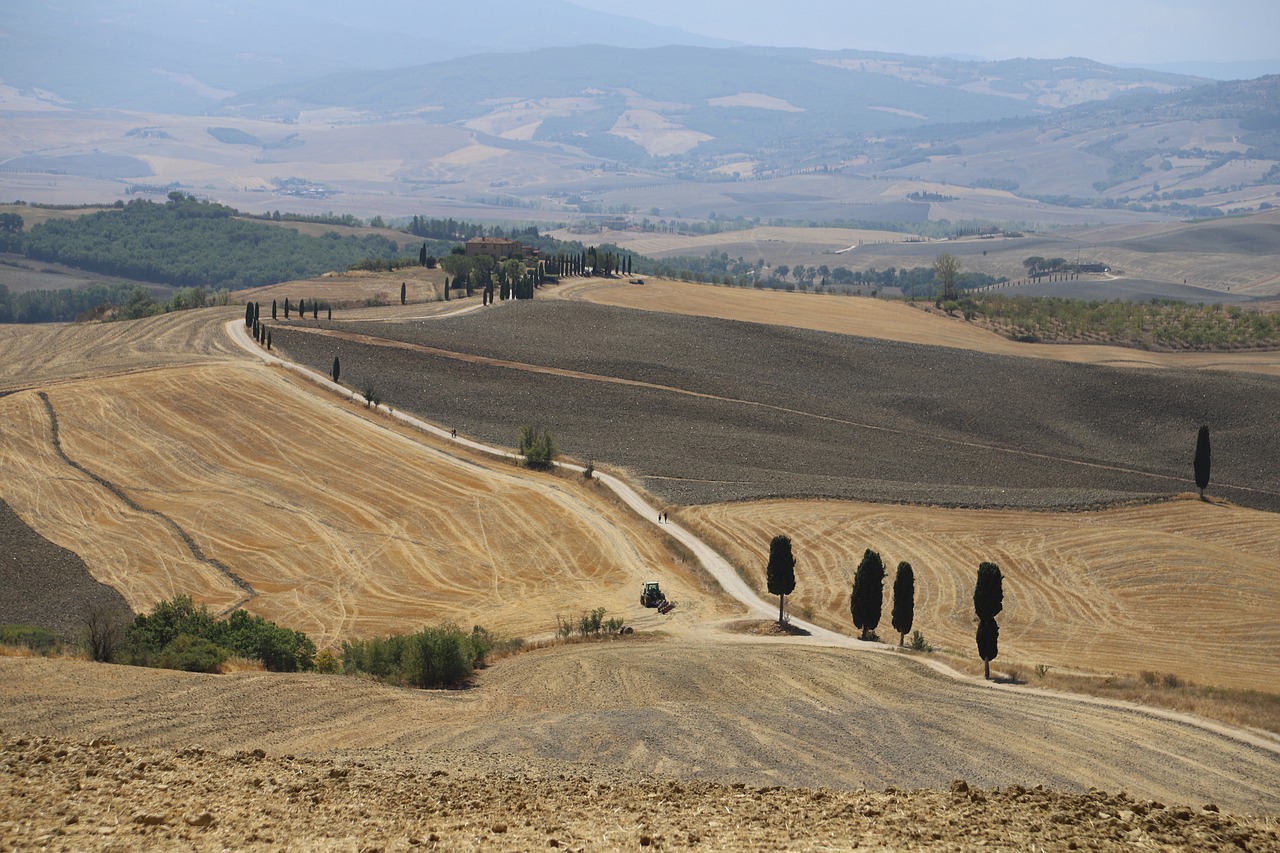
Role in Roman Society
Exploring the recent archaeological findings that shed light on the existence and function of ancient Roman gladiator schools, providing insights into the training, lifestyle, and cultural significance of these legendary fighters.
Uncovering the physical remains of gladiator schools through meticulous archaeological digs, revealing structures, artifacts, and layouts that offer clues about the daily operations and routines of these training grounds.
Examining the training methods and exercises practiced in Roman gladiator schools, including combat drills, physical conditioning, and weapons training, to understand the rigorous preparation required for arena battles.
Detailing the types of weapons and armor used by gladiators during training and combat, highlighting the craftsmanship, materials, and strategic significance of these tools in the arena.
Exploring the living conditions and accommodations provided to gladiators within the school premises, uncovering insights into their daily lives, social interactions, and the challenges they faced as professional fighters.
Gladiator schools played a multifaceted role in ancient Roman society, serving as arenas where not only physical combat but also social dynamics and political influence intertwined. These schools were not merely training grounds but also centers of entertainment and power. Gladiatorial combat was not just about the fights themselves; it was a reflection of societal values, a spectacle that captivated the masses and reinforced the hierarchical structures of Roman life.
Delving into the spectacle of gladiatorial combat as a form of public entertainment in Roman society, examining the arenas, audiences, and rituals that surrounded these bloody and dramatic events.
Exploring the different categories and types of gladiators trained in Roman schools, from heavily armored fighters to nimble retiarii, and their specialized combat styles and roles in the arena.
Reflecting on the enduring legacy of Roman gladiator schools in popular culture, sports, and entertainment, tracing their impact on modern perceptions of combat, honor, and the human spirit.
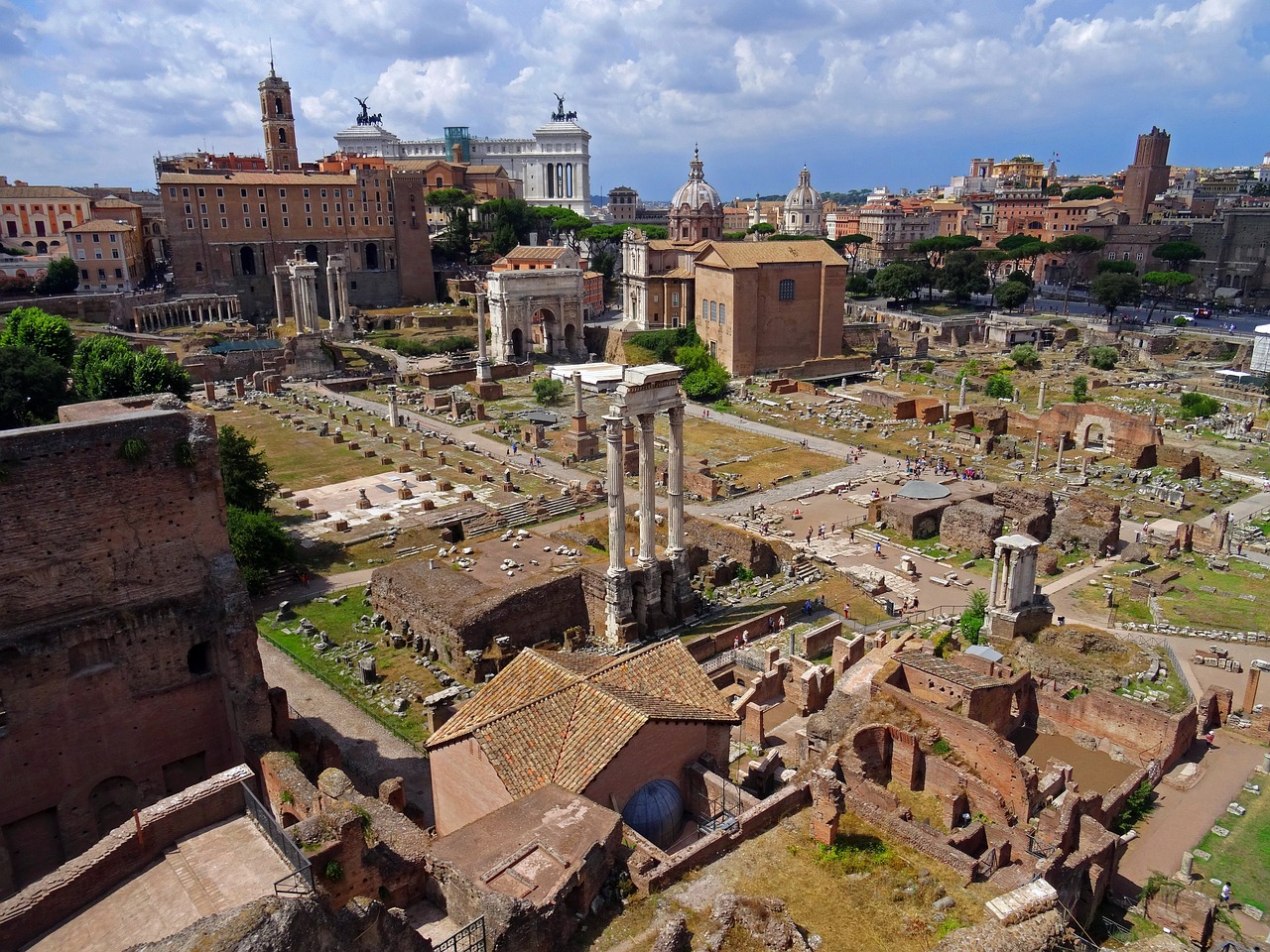
Public Performances
Public performances of gladiatorial combat were the epitome of entertainment in ancient Rome, drawing crowds from all walks of life to witness the spectacle of life-and-death battles in the arena. The grand amphitheaters, such as the iconic Colosseum, served as the stage for these dramatic events, where the clash of swords, the roar of the crowd, and the sight of bloodshed combined to create a riveting experience unlike any other.
The audience, comprising a diverse mix of Roman citizens, nobility, soldiers, and even emperors, eagerly awaited the gladiators' entrance into the arena, each fighter embodying a unique persona and combat style. The anticipation and excitement in the air were palpable as the combatants faced off, their fate uncertain until the final blow was struck.
As the combat unfolded, the spectators cheered, jeered, and placed bets on the outcome, adding to the electrifying atmosphere of the event. The gladiators, skilled in the art of combat and trained to entertain, engaged in fierce duels that showcased their agility, strength, and strategic prowess, captivating the audience with every move.
Amidst the clash of weapons and the cries of the crowd, the gladiators fought not only for survival but also for glory and honor, embodying the ideals of courage and skill that resonated deeply with Roman society. The victors were celebrated as heroes, their names immortalized in the annals of history, while the fallen were mourned and remembered for their bravery in the face of death.

Gladiator Types
When it comes to the world of ancient Roman gladiators, one cannot overlook the diverse array of gladiator types that existed within the formidable walls of the gladiator schools. These schools were not only training grounds for fierce combatants but also hubs of specialized warriors, each with their unique fighting style and weaponry. From the heavily armored secutores to the agile retiarii, the gladiator types represented a spectrum of skills and strategies tailored for the grand spectacle of the arena.
One of the most iconic gladiator types was the retiarius, known for their distinct fighting style that involved a trident and a net. These nimble fighters relied on speed and agility to outmaneuver their opponents, often engaging in dramatic duels that showcased their skill in close combat. The retiarii's equipment was carefully crafted to entangle and disarm their adversaries, making them formidable yet graceful contenders in the arena.
On the opposite end of the spectrum were the secutores, heavily armored gladiators equipped with a sword and shield. These warriors embodied strength and endurance, engaging in direct confrontations that tested their resilience and combat prowess. The secutores' gear was designed for protection and offense, allowing them to withstand the blows of their opponents while delivering powerful strikes in return.
Another intriguing gladiator type was the thraex, inspired by the Thracian warriors of ancient history. These fighters wielded a curved sword and a small square shield, combining speed and precision in their attacks. The thraex gladiators were known for their distinctive helmets with griffin motifs, adding a touch of mystique to their appearance as they entered the arena to face their foes.
Among the lesser-known gladiator types was the dimachaerus, a dual-wielding warrior who fought with two swords simultaneously. This unconventional style of combat required exceptional coordination and skill, making the dimachaerus a rare and intriguing sight in the gladiatorial games. Their daring maneuvers and swift strikes captivated audiences and challenged the traditional norms of gladiatorial combat.
Each gladiator type brought a unique flavor to the arena, captivating spectators with their specialized techniques and distinctive personas. Whether clad in heavy armor or relying on speed and finesse, these warriors embodied the spirit of combat and honor that defined the ancient Roman gladiator schools. Their legacy continues to inspire fascination and admiration, showcasing the enduring allure of these legendary fighters in the annals of history.
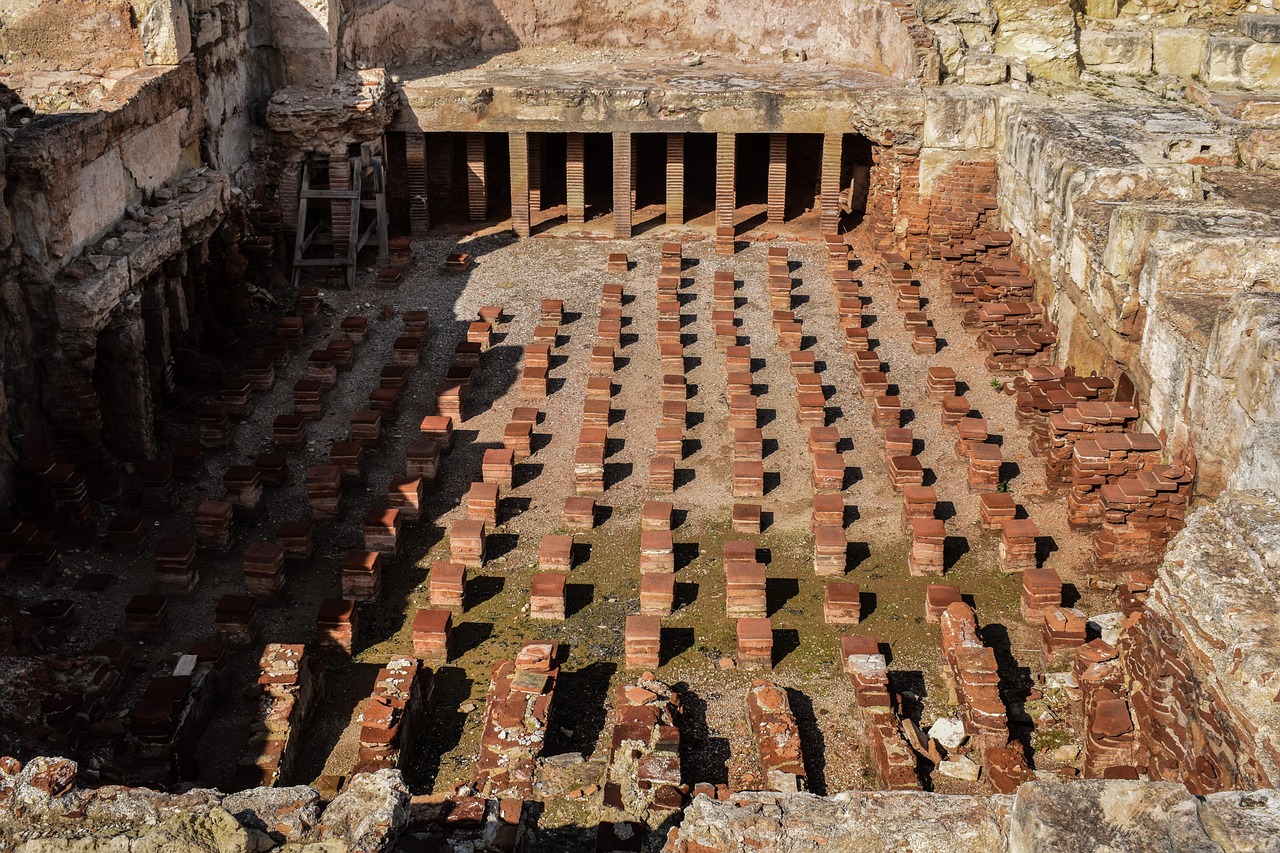
Legacy and Influence
Exploring the recent archaeological findings that shed light on the existence and function of ancient Roman gladiator schools, providing insights into the training, lifestyle, and cultural significance of these legendary fighters.
Uncovering the physical remains of gladiator schools through meticulous archaeological digs, revealing structures, artifacts, and layouts that offer clues about the daily operations and routines of these training grounds.
Examining the training methods and exercises practiced in Roman gladiator schools, including combat drills, physical conditioning, and weapons training, to understand the rigorous preparation required for arena battles.
Detailing the types of weapons and armor used by gladiators during training and combat, highlighting the craftsmanship, materials, and strategic significance of these tools in the arena.
Exploring the living conditions and accommodations provided to gladiators within the school premises, uncovering insights into their daily lives, social interactions, and the challenges they faced as professional fighters.
Analyzing the cultural and social significance of gladiator schools in ancient Rome, discussing their role in entertainment, politics, and the broader societal perceptions of violence and heroism.
Delving into the spectacle of gladiatorial combat as a form of public entertainment in Roman society, examining the arenas, audiences, and rituals that surrounded these bloody and dramatic events.
Exploring the different categories and types of gladiators trained in Roman schools, from heavily armored fighters to nimble retiarii, and their specialized combat styles and roles in the arena.
Reflecting on the enduring legacy of Roman gladiator schools in popular culture, sports, and entertainment, tracing their impact on modern perceptions of combat, honor, and the human spirit.
Frequently Asked Questions
- What were the primary purposes of ancient Roman gladiator schools?
Ancient Roman gladiator schools served as training grounds for gladiators, preparing them for combat in the arenas. These schools also played a significant role in providing entertainment to the Roman populace.
- What types of weapons and armor did gladiators use in combat?
Gladiators utilized a variety of weapons and armor, including swords, shields, helmets, and body armor. The choice of equipment often depended on the specific type of gladiator and their fighting style.
- How were gladiators perceived in Roman society?
Gladiators were viewed as both celebrities and outcasts in Roman society. While they garnered admiration for their combat skills and bravery, they were also considered social outsiders due to their status as professional fighters.
- What impact did gladiator schools have on modern culture?
The legacy of ancient Roman gladiator schools can be seen in various aspects of modern culture, including sports, movies, and literature. Their influence continues to shape our perceptions of combat, honor, and resilience.

